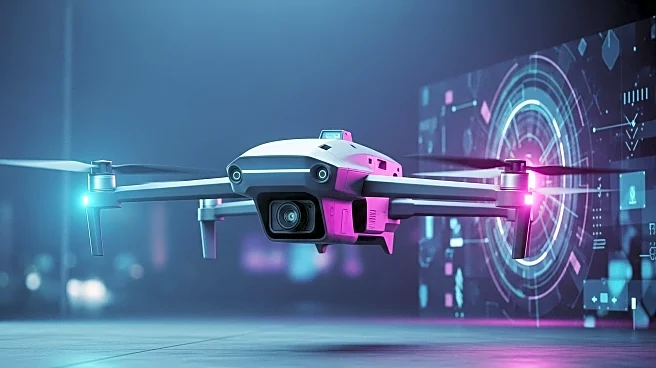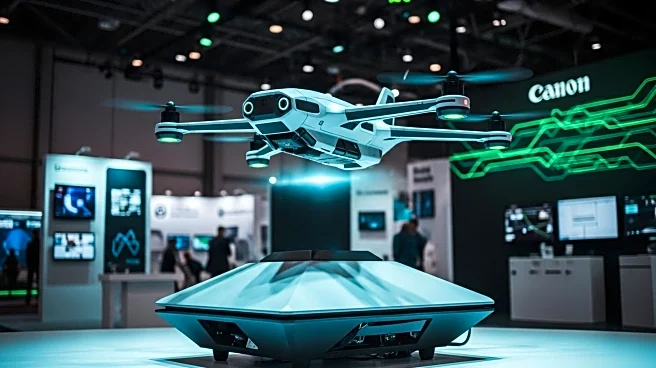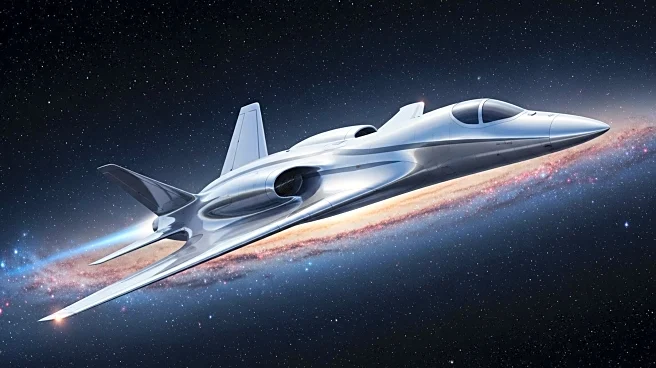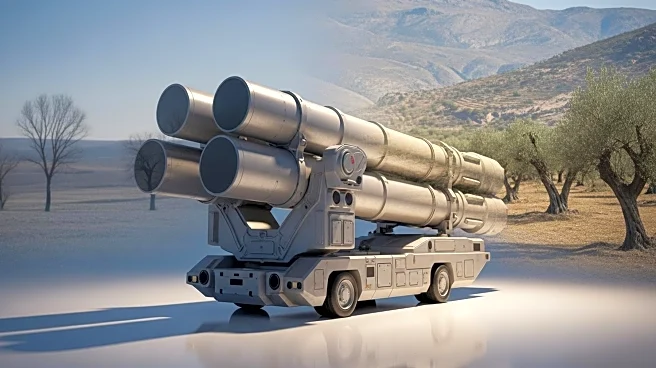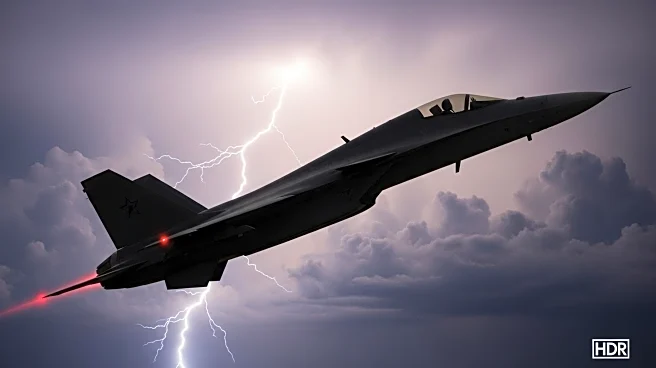What's Happening?
Pratt & Whitney is progressing ahead of schedule on its F135 Engine Core Upgrade (ECU) programme, which aims to enhance the performance and capabilities of the F-35 fighter jet. The upgrade addresses existing shortcomings in electrical power and cooling, providing approximately 25% more power and cooling capacity. This development is crucial for the upcoming Block 4 upgrade, which includes new weapon systems and sensors. Additionally, Pratt & Whitney is advancing the XA103 engine for the US Air Force's Next-Generation Adaptive Propulsion programme, supporting air superiority goals. The ECU is expected to enter service in 2029, applicable to both new aircraft and retrofits.
Why It's Important?
The advancements in the F135 ECU and XA103 programmes are pivotal for maintaining the technological edge of the U.S. military's air capabilities. By enhancing the F-35's engine performance, Pratt & Whitney is contributing to the aircraft's operational effectiveness and longevity, which is vital for national defense. The increased electrical power and cooling capacity will support more advanced systems, ensuring the F-35 remains a formidable asset in the U.S. military arsenal. The XA103 engine development further underscores the commitment to future-proofing air superiority through adaptive propulsion technologies.
What's Next?
Pratt & Whitney will continue to meet programme milestones, focusing on securing sufficient funding and stability to ensure the success of the ECU and XA103 initiatives. The company is likely to engage with military stakeholders to align the upgrades with strategic defense objectives. As the service entry for the ECU approaches, preparations for integration into existing and new aircraft will intensify, potentially influencing procurement and deployment strategies within the U.S. Air Force.



